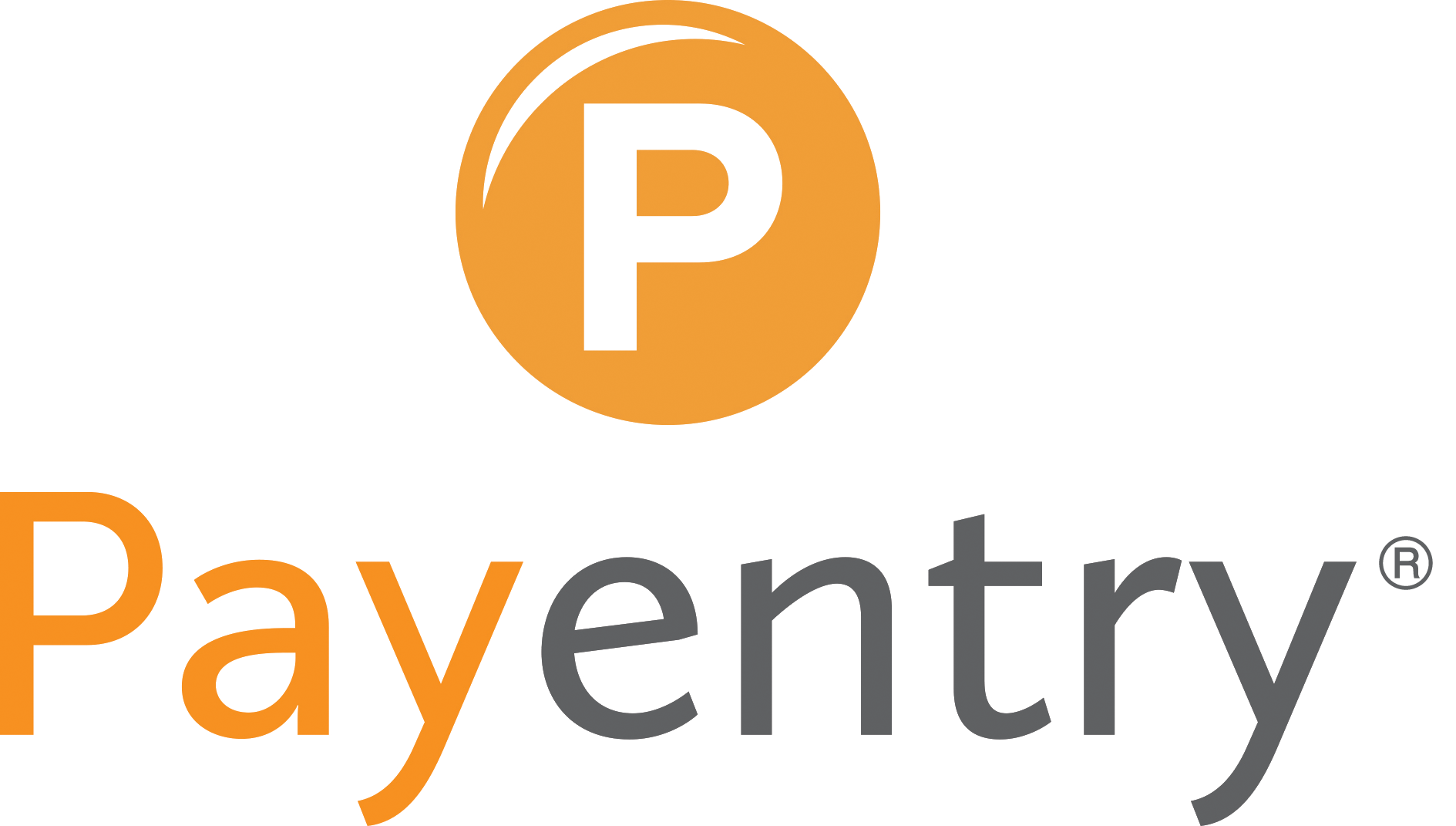
Understanding Pay Transparency
by Brett Strauss, Esq., Vice President of HR Services
Pay transparency refers to the practice of openly sharing information about compensation, including salary, pay scale, and the criteria used to determine pay. It can range from providing broad pay ranges for positions to fully disclosing employee salaries.
The goal is to create fairness, accountability in compensation practices, and reduce wage gaps within an organization.
There are numerous benefits to pay transparency including the promotion of fairness and equity. By making salary information more accessible, organizations can help ensure employees are paid fairly based on their experience, qualifications, and contributions. Pay transparency also:
- Reduces Pay Gaps – Pay transparency can expose and address wage disparities, such as those based on gender, race, or other factors.
- Enhances Employee Trust and Engagement – Employees are more likely to trust their employer and remain engaged when they feel compensation decisions are made fairly and openly.
- Attracts and Retains Talent – Companies with transparent pay practices are often more attractive to job seekers, particularly those who value equity and openness.
- Encourages Compliance with Legal Requirements – In some jurisdictions, laws require varying degrees of pay transparency, making it important for employers to stay informed and compliant. It is important for organizations of every size to be familiar with, and proficient in, pay transparency requirements from a federal, state and local level in order to maintain compliance with pay transparency requirements. For example, several states including California, Illinois and New York have passed laws requiring salary disclosures in job postings.
Best Practices for Implementing Pay Transparency
- Establish Clear Pay Structures – Develop and document salary ranges, pay grades, and the criteria for hiring, raises and promotions.
- Communicate Openly – Ensure employees understand how pay decisions are made and provide opportunities for discussion.
- Train Managers – Equip leadership with the skills to discuss compensation with employees effectively.
- Ensure Proper Interpretation – Without proper context, salary numbers alone can create misunderstandings about compensation structures. Be sure your pay transparency policy outlines pay transparency clearly and concisely.
- Proper Administration – Implementing pay transparency may require adjustments to compensation policies and detailed communication strategies. Organizations should enlist the assistance of an experienced HR professional and make pay transparency part of a regular audit schedule.
Pay transparency is essential to successful workforce management. Organizations that embrace pay transparency strategically will likely see long-term gains in employee satisfaction, retention, and legal compliance. At Payentry, we’re here to help with pay transparency initiatives including documentation, implementation, audits and ongoing support.
Need assistance in optimizing your pay transparency policy? Contact us today to learn how our HR and payroll services can support your business.
Payentry personnel management professionals provide expert support in payroll, workforce management, human resources, benefits administration, and retirement planning services.
For the latest updates, to view our webinars, and listen to our podcasts, visit and follow us on LinkedIn, Facebook, X, Instagram, YouTube and Spotify.
Learn more about how we can help you achieve your goals, address challenges, and resolve issues with speed and precision by conveniently scheduling an appointment with our team. And to speak directly with an experienced payroll professional, please contact us at 888.632.2940 or simply Click Here and Let’s Talk.
* MPAY, Inc. dba Payentry (Company), is not a law firm. This article is intended for informational purposes only and should not be relied upon in reaching a conclusion in a particular area of law. Applicability of the legal principles discussed may differ substantially in individual situations. Receipt of this or any other Company materials does not create an attorney-client relationship. The Company is not responsible for any inadvertent errors that may occur in the publishing process.

